
The world’s most famous road, and the highest, longest, most dangerous, straightest and curviest
- We look at record-setting roads, from Saudi Arabia’s super-straight Highway 10 to contenders for the best-known road in the world
- Then there’s Umling Pass in Ladakh, India, which at 5,798 metres is higher than Everest Base Camp, and the Dead Sea Highway, 393 metres below sea level
Roads are the lifelines of civilisation, connecting people, cultures and landscapes. Here are a few that stand out from the crowd.
1. Most famous road
Linking Chicago and Los Angeles, Route 66, also known as the Main Street of America, has been immortalised in song and on screen and is certainly a candidate for the title of world’s most famous road.
Also in the running, the stylish, stately Avenue Champs-Élysées will take centre stage at the 2024 Paris Olympics, while Australia’s sublimely scenic Great Ocean Road tops many a bucket list.
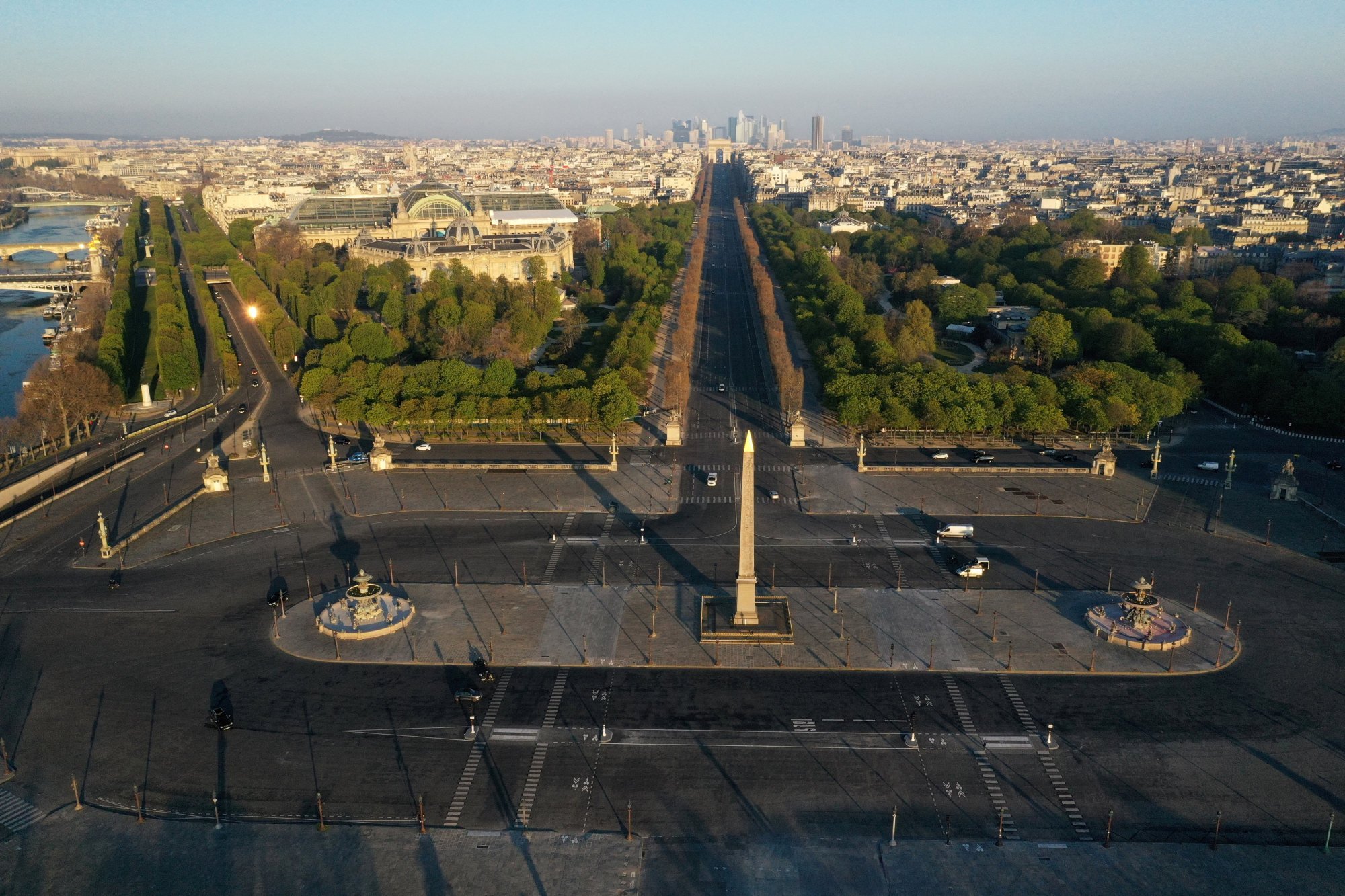
The Silk Road merits a mention as well, even though the original caravan trail no longer exists. In fact it never did.
The fabled link between China and the West was a vast network of trade routes used by merchants hawking goods as varied as carpets and camels, glassware and gold.
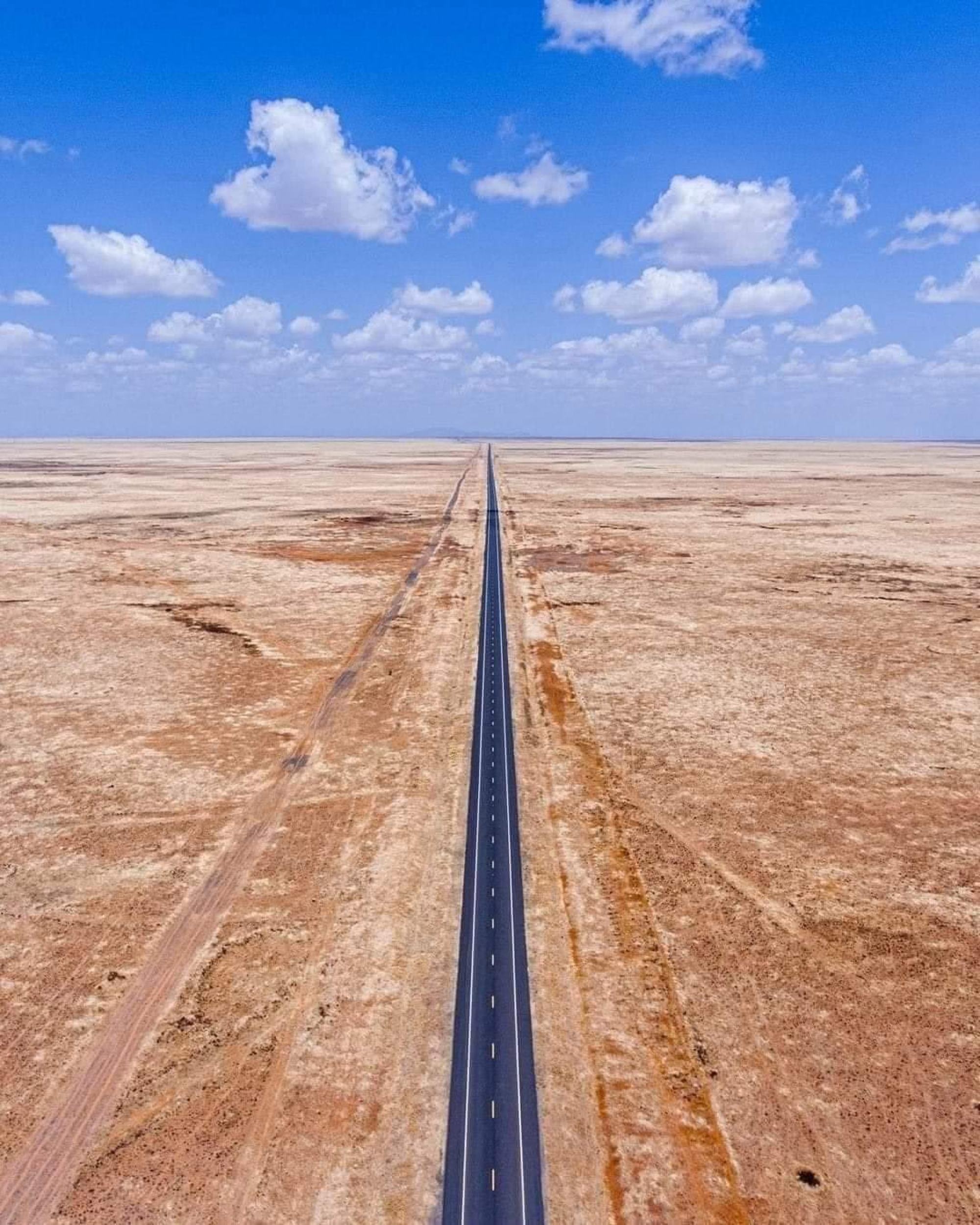
2. Longest strip of straight road
The Romans were renowned for building ruler-straight roads but the country with the longest strip of straight tarmac today is Saudi Arabia. Cutting across the kingdom, Highway 10, originally built as a private road for King Fahd, doesn’t deviate for 256km (159 miles).
Previously, the Eyre Highway, which links Western Australia and South Australia via the Nullarbor Plain, held the record.
It is possible to travel 146km without encountering a curve in the road but, although there isn’t much need to turn the steering wheel, drivers should not be lulled into a false sense of security. Collisions involving cars, camels or kangaroos aren’t infrequent.
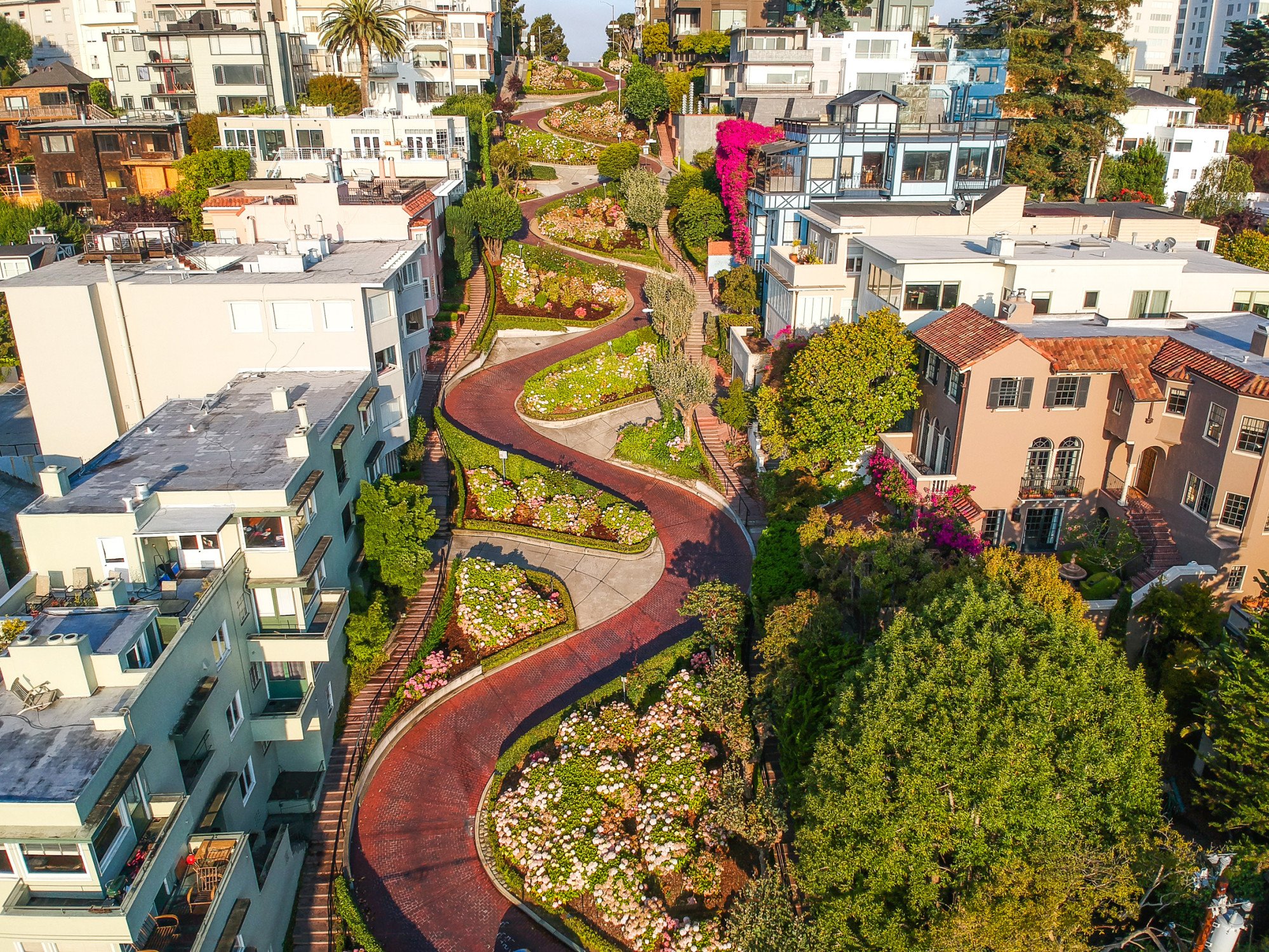
3. Crookedest road
In contrast to monotonously straight desert highways, Lombard Street, in San Francisco, incorporates eight hairpin turns in one quarter-mile block, making it what locals call the “world’s crookedest road”.
It’s a popular spot with sightseers, who queue for up to 20 minutes to corkscrew down the single-lane thoroughfare, which was constructed on a 27 per cent gradient.
The photogenic flower beds and scenic city vistas can be distracting for drivers, who are advised to keep one eye on the road and the other on the speedometer. The speed limit is 5mph (8km/h).
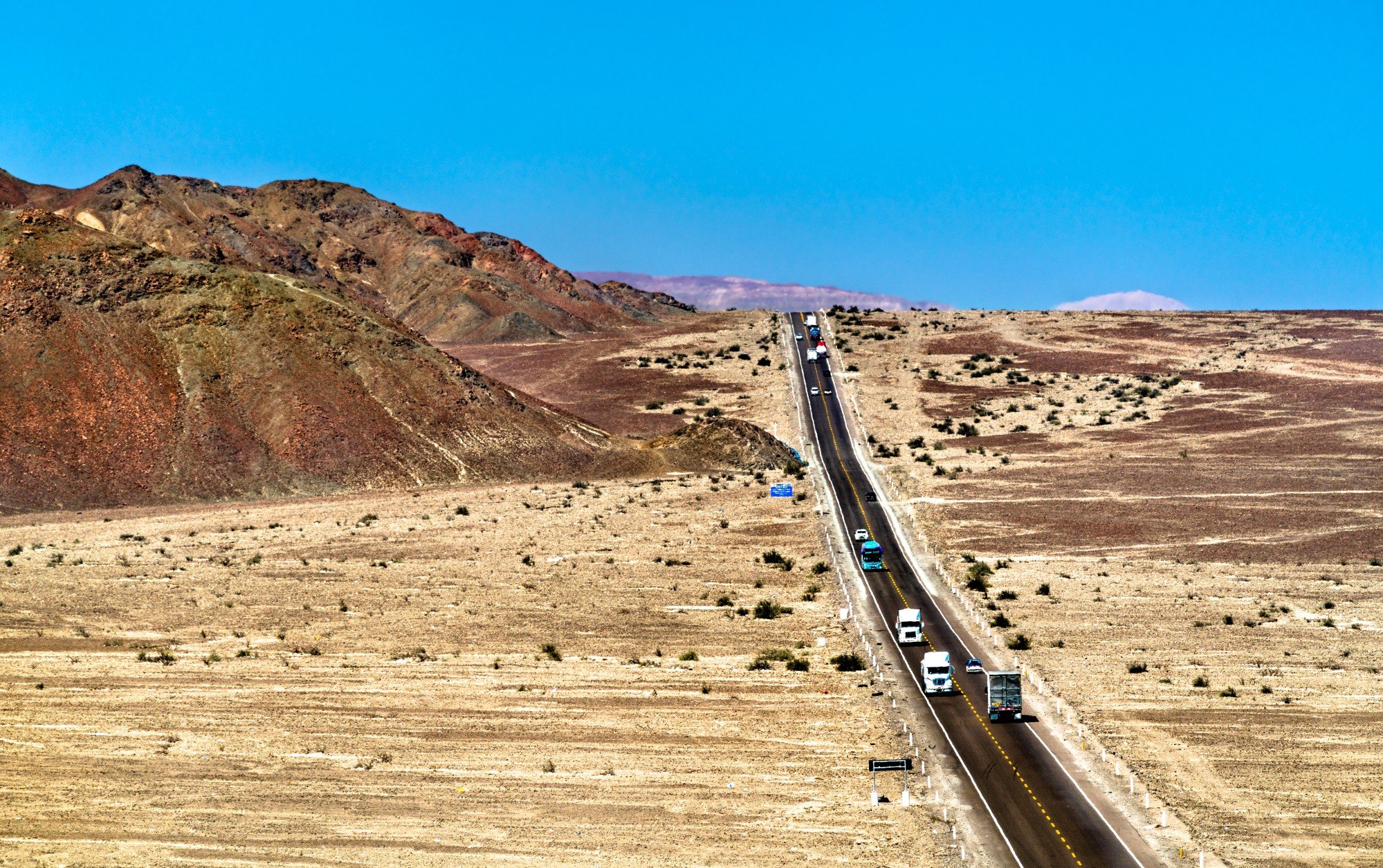
4. Longest motorable road
According to Guinness World Records, the world’s longest motorable road is the Pan-American Highway, which connects Fairbanks, Alaska, and Santiago, Chile.
Guinness’ website declares the marathon motorway to be 24,140km (15,000 miles) long, although some sources claim it starts in Prudhoe Bay, Alaska, and finishes in Ushuaia, Argentina, a distance of about 48,000km.
There are unmarked footpaths but no roads – the only reliable way around the Darién Gap is by air or sea. For this reason, the Pan-American Highway cannot really be regarded as a continuous road.
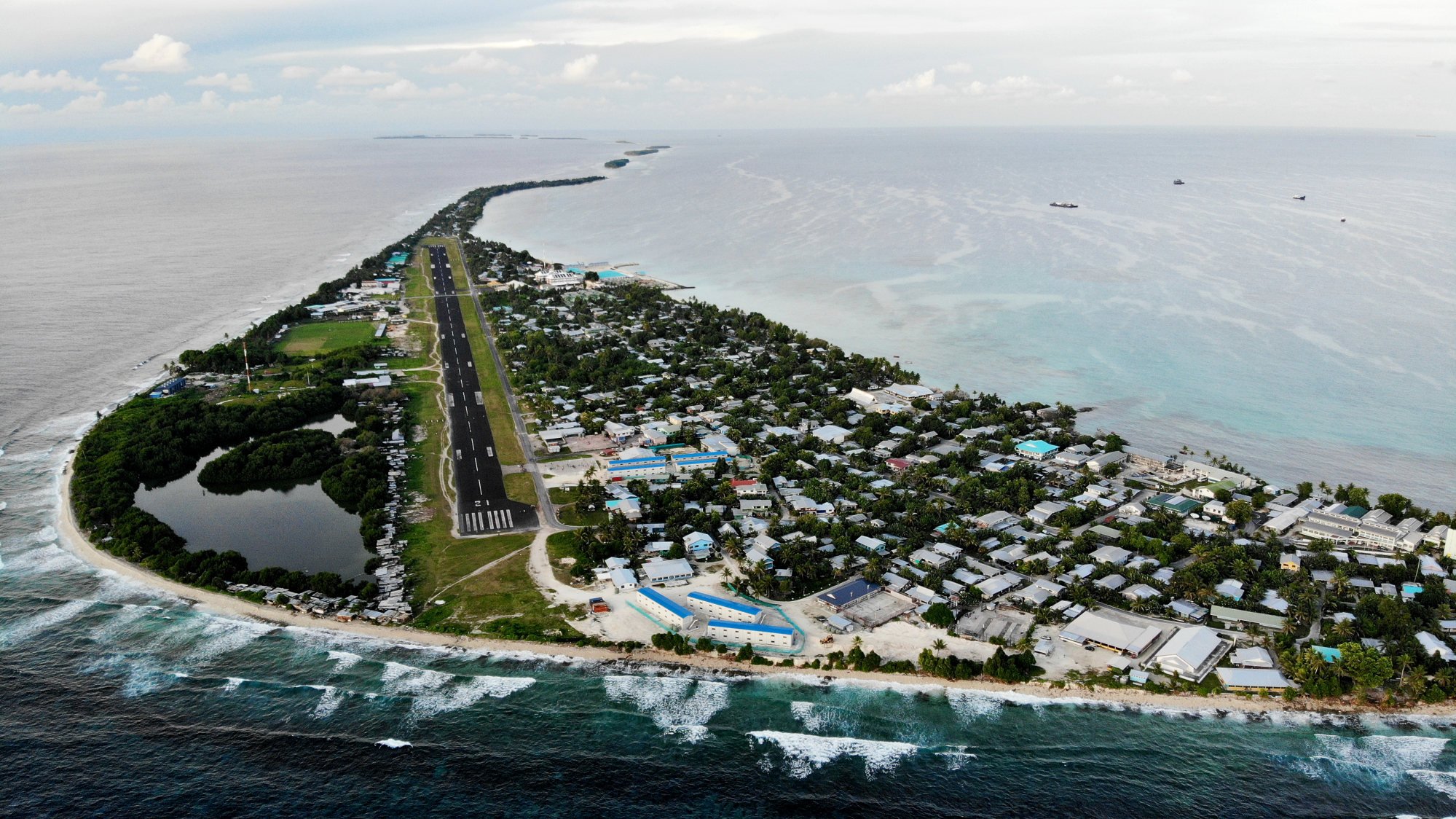
5. Shortest road network
At the opposite end of the scale, the world’s shortest road network can be found on the Pacific Ocean island of Tuvalu.
Tracks on remoter atolls are either unpaved or made from crushed coral, a practice that began during World War II, when the United States military used the material to build an airstrip.
Upgraded in 2017, the entire national highway system now stands at 15.5km (Causeway Bay to Kennedy Town and back again, if you know Hong Kong Island).
With an average elevation of two metres, Tuvalu is living on borrowed time. During king tides and severe storms, waves wash over the roads, uprooting palm trees and contaminating freshwater aquifers.
Many residents have moved to New Zealand and, with two of Tuvalu’s nine islands on the verge of submersion, others are likely to follow.
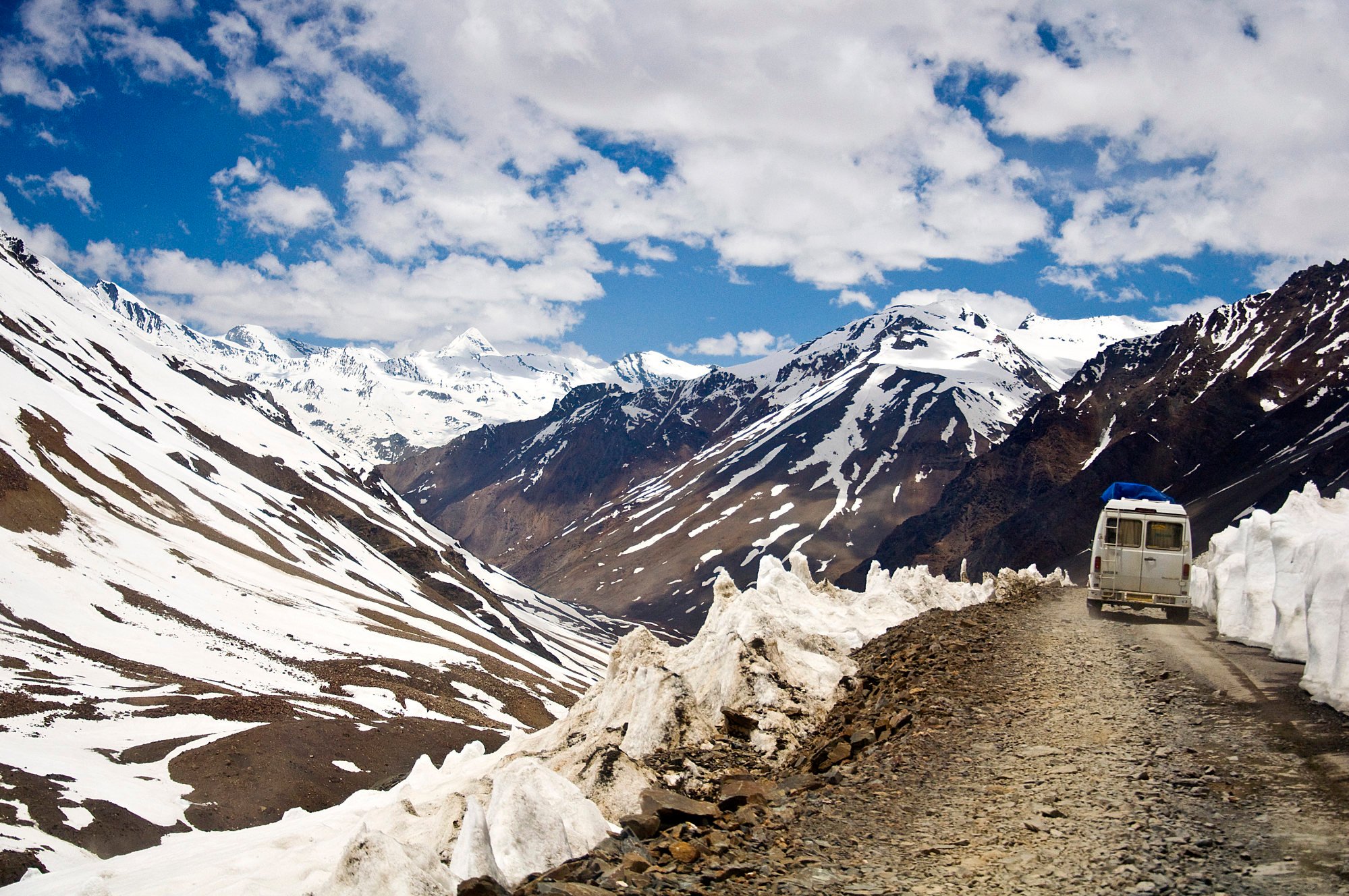
6. Most dangerous road
There are several contenders for the title of world’s most dangerous road.
“Highways” in the Himalayan region of northern India and Pakistan are often little more than single-lane ledges. The Rohtang Pass is often a vertical rock face on one side and what seems a bottomless chasm on the other. Safety barriers? No chance. But if you’re still tempted, bear in mind that rohtang means “pile of corpses” in Tibetan.
Then there’s Bolivia’s El Camino de la Muerte, the Death Road, which claimed between 200 and 300 lives every year, until the government built a bypass.
Morocco’s Tizi n’ Test Road isn’t for the faint-hearted either. The Dangerousroads.org website peppers its description with alarming phrases such as “not to be attempted in the dark”, “one car wide in places”, “no road markings”, “hairpin bends and precipitous drops”.
If you’re still keen, consider buying life, rather than travel insurance.
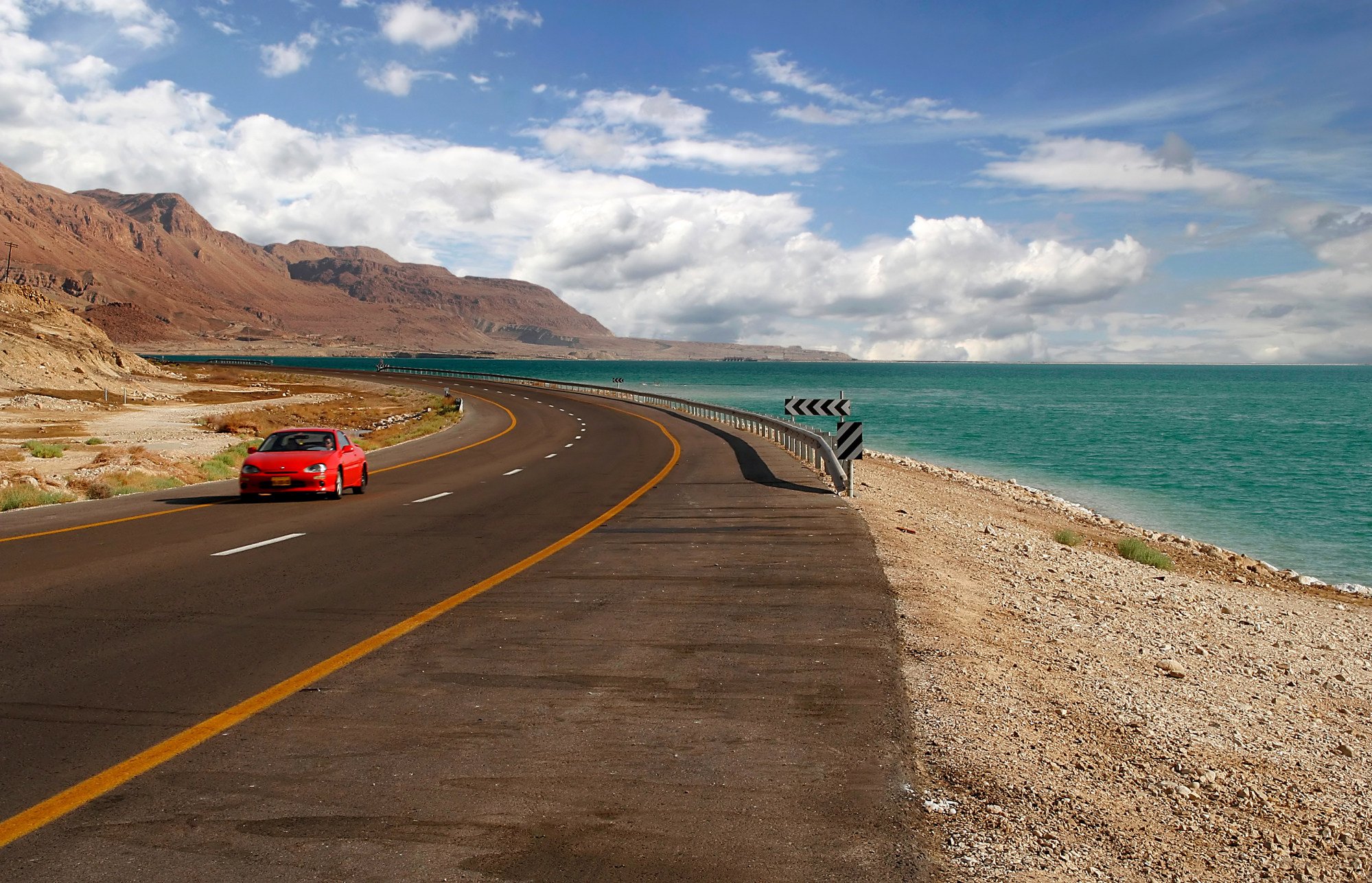
7. Lowest road
The world’s lowest road runs along the shores of the planet’s most saline lake. The Dead Sea Highway, which is also Israel’s longest road, reaches a depth of 393 metres below sea level.
Route 90, as it is officially known, follows the Via Maris trade route that connected ancient Egypt with Syria and Mesopotamia. Tourist attractions include the fortress of Masada, the Ein Gedi Nature Reserve and the chance to float in the buoyant, salty waters of the Dead Sea.
Summer temperatures are punishing for passengers and vehicles alike, so visit from October to March.
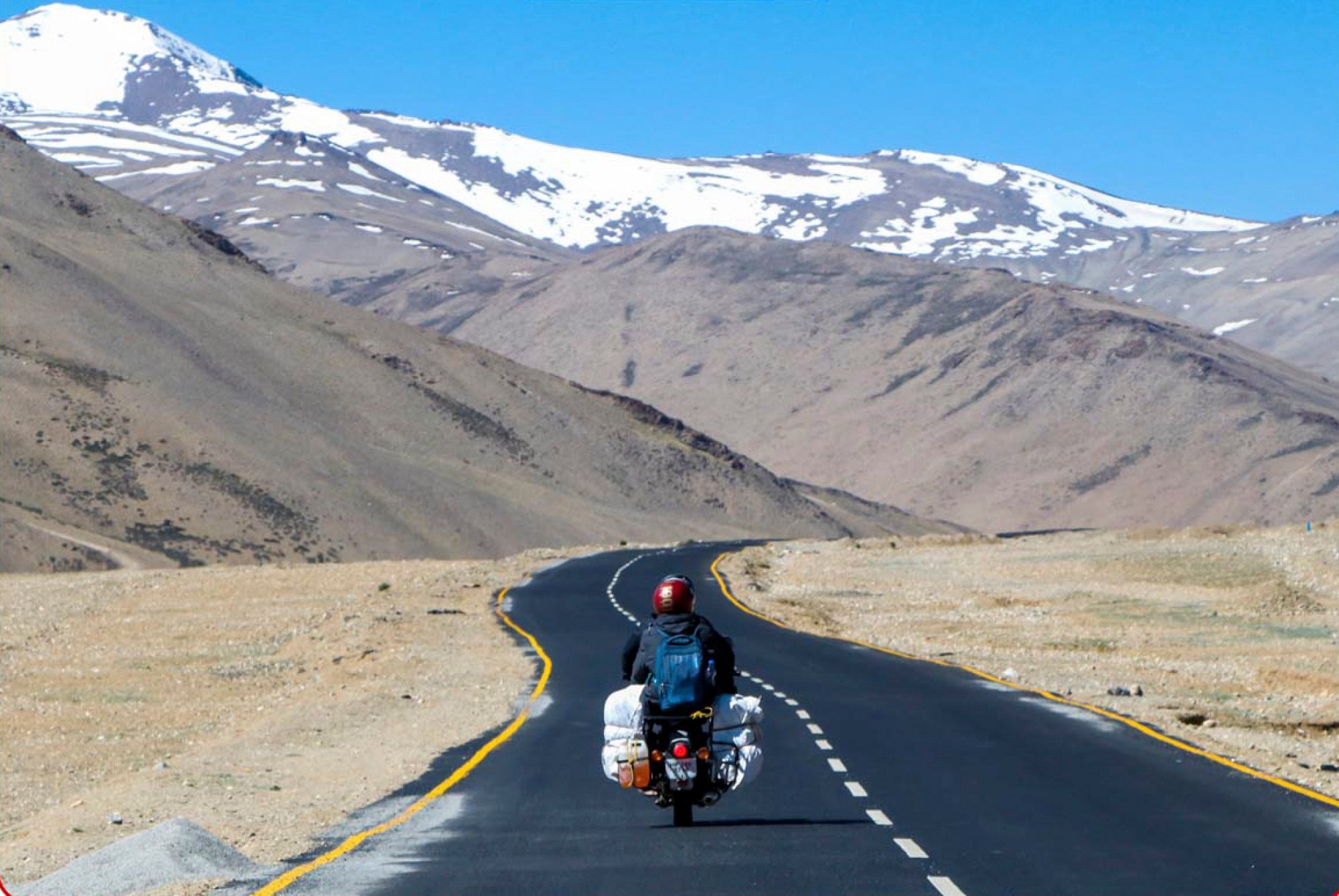
8. Highest road
Khardung Pass (5,359 metres), in the Ladakh region of India, was listed by the Guinness World Records website as the highest road in the world until a few years ago.
There are unpaved gravel trails accessible only to military vehicles and extreme mountain bikers that are higher – Mount Uturuncu, Bolivia (5,768 metres), for example – but if we stick to ribbons of relatively well-maintained bitumen, there is a new name at the top.
Constructed in 2017, Umling Pass (5,798 metres), also in Ladakh, is now recognised as the world’s loftiest motorable road. Open for only a few months a year due to heavy snowfall, it is higher than the base camps at Mount Everest and altitude sickness is a very real threat.
A period of acclimatisation is essential before negotiating the steep, narrow switchbacks and treacherous terrain. Check your driver’s credentials and vehicle condition before setting off.

